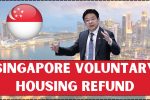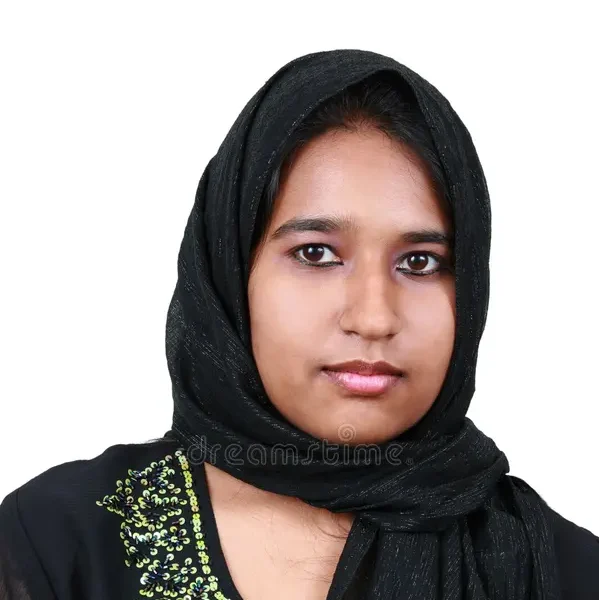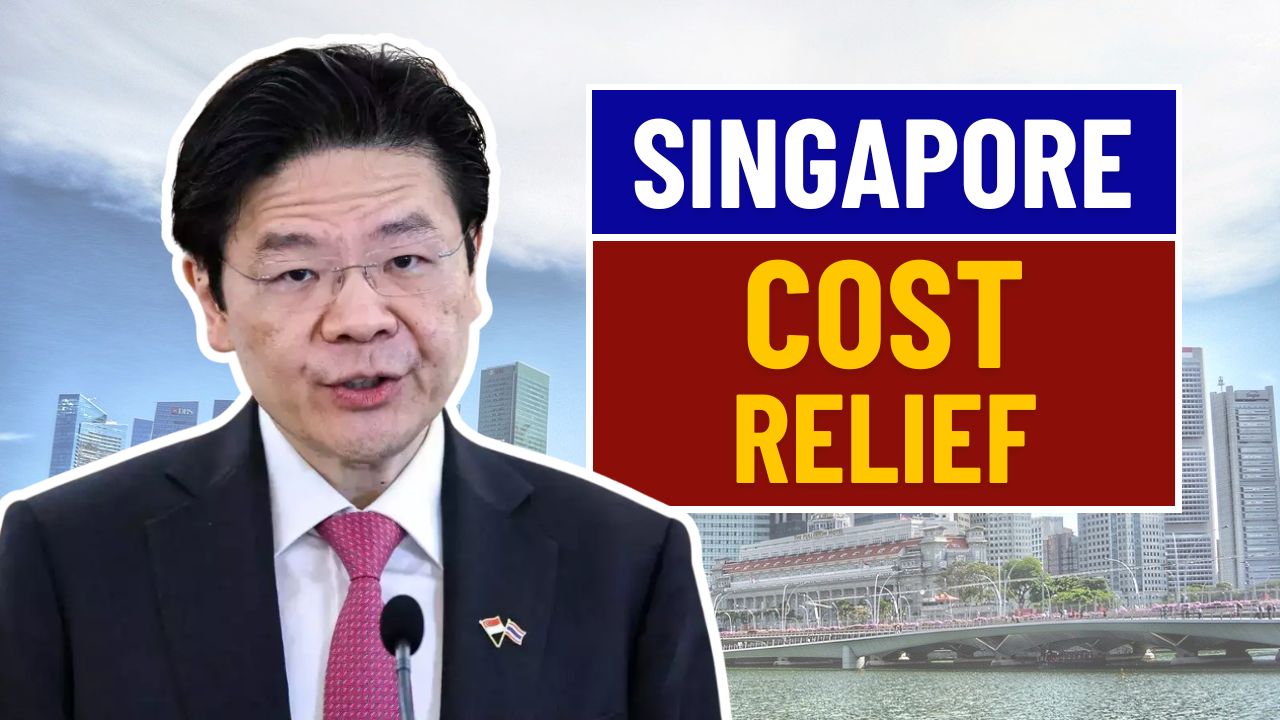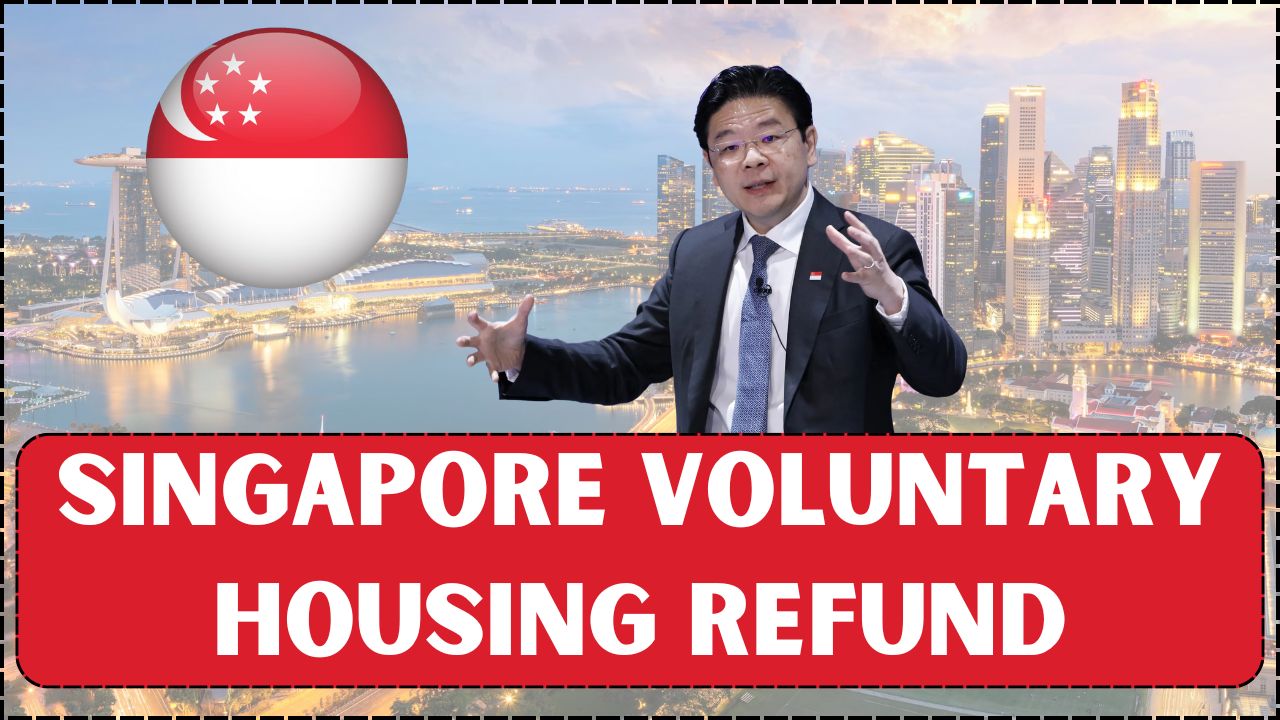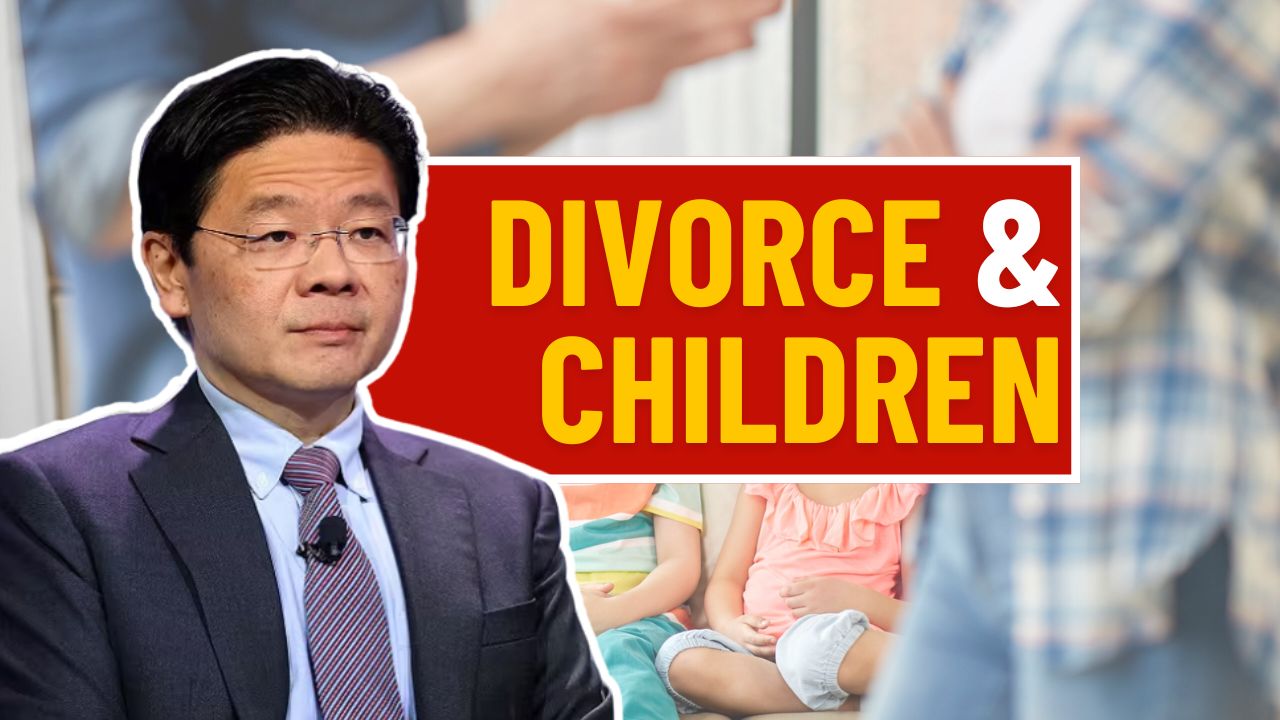Singapore’s housing framework has entered a transformative phase as of May 2025, with comprehensive policy reforms tailored to address the nation’s evolving demographic and socioeconomic realities. These bold changes are built around the pillars of inclusivity, environmental responsibility, and affordability. With a population that is aging and becoming increasingly diverse, the government’s updated housing roadmap reflects long-term planning for resilience and cohesion.
Table of Contents
Government’s New Direction
Under the guidance of the Ministry of National Development, Singapore has taken decisive steps to modernize its public housing blueprint. The updated measures highlight a strategic pivot toward creating more equitable access, particularly for vulnerable groups and essential community workers. Special attention has been given to first-time buyers from low-income families, alongside new sustainability benchmarks for all Build-to-Order (BTO) housing projects. The implementation of mandatory Green Mark Platinum certification for all upcoming public housing developments represents a national commitment to future-proofing the built environment. These forward-thinking policies reinforce the government’s long-term urban vision.
Policy Adjustments to Improve Affordability
One of the standout aspects of the 2025 housing reform lies in the upgraded financial assistance mechanisms introduced to reduce the burden on lower- and middle-income households. Families earning under S$5,000 a month now qualify for more substantial benefits under the Enhanced CPF Housing Grant (EHG+). The goal is simple: enable broader homeownership without creating disproportionate debt. In addition, families choosing to live near one another particularly those from different generations are now entitled to expanded grant amounts. This is a direct effort to promote familial support systems while maximizing existing housing resources.
New Choices for Young Couples

Among the innovations in the 2025 reforms is the Flexi Home Plan, a dynamic approach designed to give younger couples more flexibility. This scheme allows them to initially purchase smaller units, with the option to scale up later without incurring substantial resale taxes or penalties. Such options encourage prudent financial planning while supporting natural life transitions like growing a family. Another breakthrough comes for older residents through the extended Lease Buyback Scheme. Unlike previous iterations, seniors now have the flexibility to monetize longer leases beyond the 65-year minimum threshold, granting greater financial security during retirement.
Renewed Focus on the Resale Market
To balance public and private housing demands, the resale market has seen a set of reforms centered on accountability and long-term sustainability. One of the headline changes includes mandatory energy efficiency ratings for all resale units, ensuring that buyers are aware of environmental impact and potential savings. Furthermore, the Minimum Occupation Period (MOP) for flats in prime locations has been increased to 10 years. This move is designed to reduce speculative flipping and ensure that flats are primarily used for actual habitation rather than profit.
Revisiting the Proximity Housing Grant
Family-oriented policies have also been enhanced. Buyers choosing resale flats near their immediate family are now eligible for higher Proximity Housing Grants than ever before. This reflects a broader governmental aim to strengthen intergenerational bonds, reduce travel strain, and support caregiving responsibilities within families. By offering financial motivation for close living arrangements, Singapore is reinforcing the cultural value of familial interconnectedness while also relieving pressure on childcare and eldercare infrastructure.
Shifting from Past to Present
To better illustrate the scope of transformation, here’s a comparison of key housing policy areas before and after the 2025 updates:
| Policy Focus | Prior to 2025 | Changes in 2025 |
|---|---|---|
| Flat Allocation | First-time buyers prioritized | Now includes income-based prioritization |
| Environmental Standards | Encouraged green building practices | Mandatory Green Mark Platinum certification |
| Grants for Families | Uniform support | Higher grants for multigenerational and close-living kin |
| MOP Duration | 5 years | 10 years for flats in prime locations |
| CPF Housing Grant | Up to S$80,000 | Raised to S$100,000 for low-income families |
| Lease Buyback Scheme | Only up to 65 years lease eligible | Extended eligibility for longer leases |
Sustainability Meets Social Responsibility
Far from being a temporary fix, these measures reflect a long-term vision integrated with national strategies like the Smart Nation initiative and the Singapore Green Plan 2030. By reinforcing sustainable design principles and expanding access to housing, the policies underscore the dual mission of inclusivity and ecological stewardship. The requirement for energy certifications in resale flats also hints at a future where eco-consciousness is a standard, not a bonus. In aligning housing with environmental targets, Singapore continues to be a global model in urban development.
A New Dawn for Housing Aspirants in Singapore
These 2025 housing reforms are a significant leap forward for all segments of society from young families to the elderly. Whether you’re looking to purchase your first flat, upgrade as your family grows, or downsize during retirement, the newly structured policies offer more flexibility, better support, and a fairer playing field. As these policies have officially taken effect in May 2025, now is the right time to evaluate how these changes al


